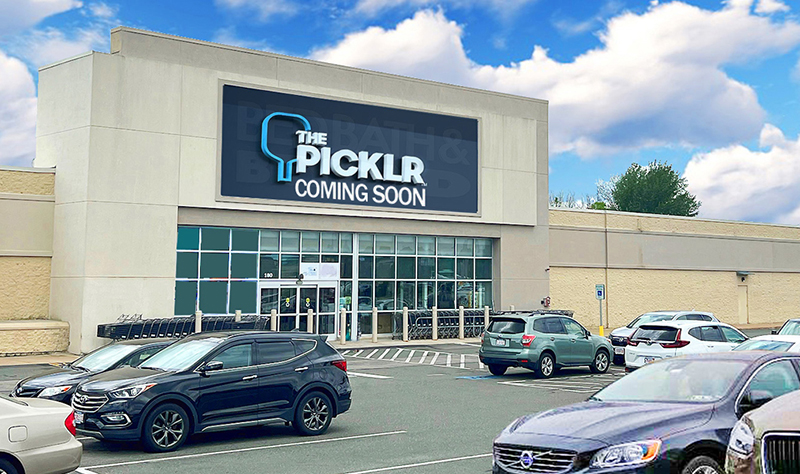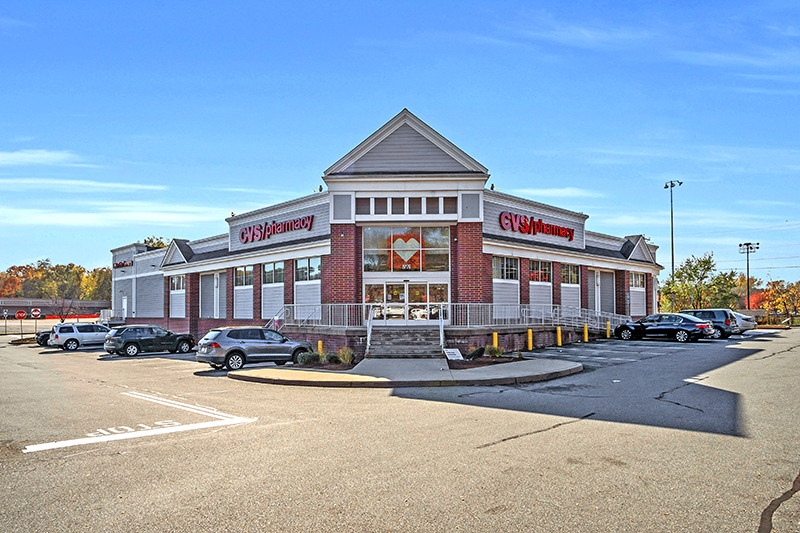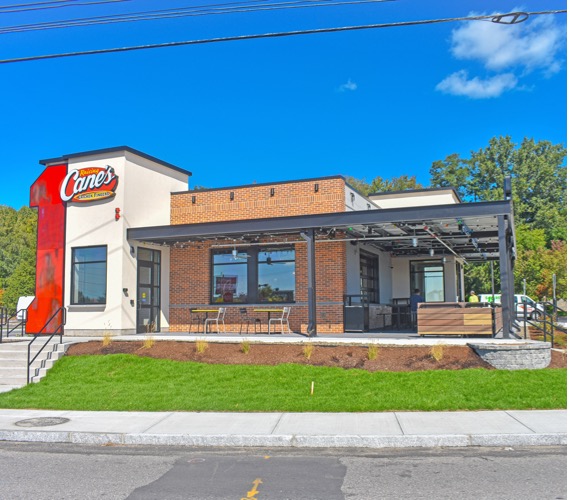Everything you touch turns to data - by Diana Podaski
 Diana Podaski, Linear Retail Properties
Diana Podaski, Linear Retail PropertiesThere’s no doubt that the mall has turned from a place you go to simply buy something, to a place where you are creating experiences. But at what cost are you willing to pay to have a personalized experience? Let’s face it, data is completely personalizing shopping. In fact, everything we touch is turned to data.
Tamara Samoylova, senior director of market strategy of Westfield Labs, recently spoke at a conference about social media and technology in the retail real estate industry and mentioned some of the latest technology they are experimenting with. One item Tamara mentioned was the scanning of license plates once one enters a Westfield shopping center. This data is coupled with mobile technology and search so that once a customer steps foot in the center, they will be (blue dot technology) guided to shops in the mall based on previous visits and mobile-created “wish lists.”
While walking the mall, you may notice one of Kate Spade’s digital storefronts. It could be a digital coming soon “sign” or a place to engage with customers during construction. The storefront includes products highlighted in the windows along with multiple touch screens. The brand provides a short “personality quiz” gaining insight into the shoppers’ preferences along with their contact information making them potential customers and new targets for marketing campaigns. Kate Spade has also previously created “window shops” to promote physical products in the window (normally only sold online) in which you can buy via touchscreen and have delivered to your house within one hour (if you were shopping at one of their NYC locations).
On the other end of the spectrum, Lowe’s has jumped into technology creating data via virtual reality experiences with its “Holoroom” exhibit. The Holoroom allows customers to create their dream room using VR goggles. Users can see live changes to wall color, appliances, counter tops and other home related options, all of which Lowe’s sells. This information is then stored and marketed to you over time as you take home your own cardboard VR goggles to show off the visualization to family and friends.
Moving from stores to brands, Shopstage (a retail tech company) recently spoke about how Clinique goes down to DNA data to figure out which skin products may work best (or have less of a reaction to) on the customer’s skin. That is some serious data tracking.
Moving from brick and mortar to home and mobile, data is constantly pulled from your online interactions. Ever wonder why you keep seeing the same product/hotel/service advertised on the side of your screen? It’s not because the brand paid for that much advertising, it’s called “retargeted marketing” – where the ad follows your IP address. Systems are learning your preferences and suggesting brands and people to connect to, especially when you are logged-in to a network.
This is an amazing development in technology but also one that may have you wondering more about how your data is being used, who has access to it and whether you welcome the customized experiences and targeted marketing or would rather be left anonymous with no tailored information.
Social Media Fun Fact: “Over 1.1 billion people have their Facebook app open right now which means your mic is on. Basically Facebook has weaponized 1 billion people and is listening in a way no spy agency has ever been.”- Scott Galloway, Death of the Industrial Advertising Complex.
Diana Podaski is VP - marketing and social media at Linear Retail Properties, Burlington, Mass.
Mace of KeyPoint Partners negotiates 36,192 s/f lease for The Picklr at Endicott Square
Danvers, MA KeyPoint Partners (KPP) negotiated a lease with the nation’s premier indoor pickleball venue The Picklr at Endicott Sq. Vice president of retail brokerage Don Mace negotiated the transaction on behalf of the landlord.




.jpg)



